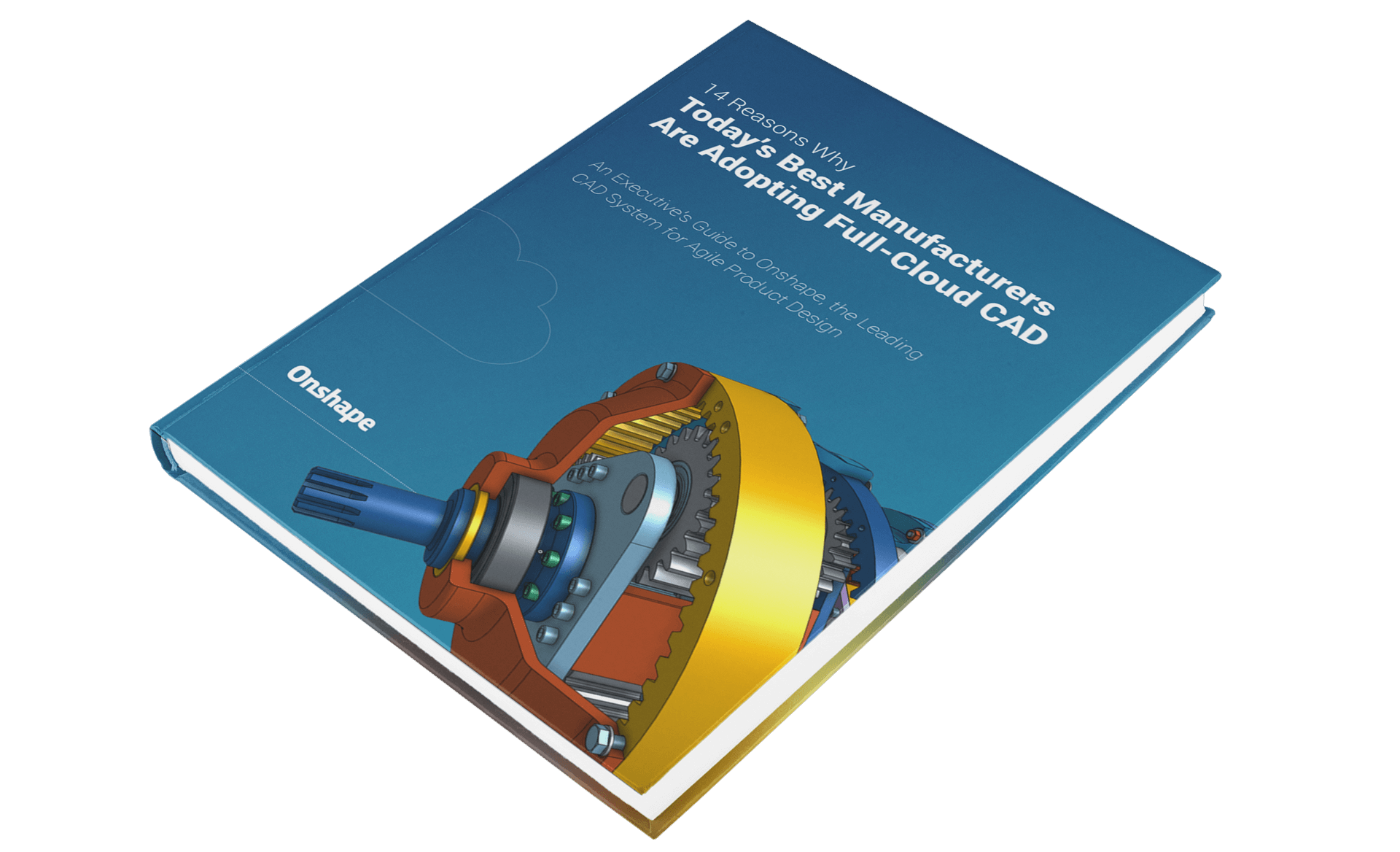One of the benefits of sitting near the Onshape Sales team is being able to eavesdrop on our side of the conversations. Just from the tone of our sales reps and an occasional snippet here and there, I can get a real-time snapshot of how full-cloud CAD is resonating with customers.
The other day, I heard a phone call that almost made my heart stop: A frustrated engineer reported that a popular traditional CAD system crashed on his computer 19 times in a day. Not in a month, not in a week, but 19 crashes in one day!
Granted, this is an extreme example. Most users of desktop-installed CAD have never experienced this kind of misfortune at that scale. But almost everyone has crashed once and it usually seems to come at the worst time. Autosave isn’t always your savior. Whatever work you did since the last autosave is lost forever – and you’ll lose additional time recreating that work. Not to mention the time suck of rebooting from scratch if you see the ominous “Blue Screen of Death.”
Onshape doesn’t have a crashing problem. Because of its unique database architecture (nothing is ever stored in files), all of your data is stored instantaneously and redundantly. And every Onshape Document has a permanently saved Change History so you can always return to any earlier stage of your work. (For a deeper explanation of why Onshape never, ever crashes, read this blog.)
Keeping Up With the Product Design Treadmill
The price of losing work and wasting time has never been higher. To borrow a phrase from one of my favorite movies, “Spinal Tap,” the speed of the product design treadmill has been cranked to 11. Companies are constantly under pressure to get their products to market faster. They want to try and test more iterations so those products truly stand out and are less susceptible to recalls. Customers want more customization, more choices of color, sizes, textures, etc. And of course, there’s always the goal to drive down costs and assembly time.
So in that high-pressure environment, why would you ever want to use design tools that slow you down?
Anyone using traditional desktop-installed CAD systems right now is working with individual productivity tools. He or she is not going to get it done faster if they have to work with a team. Cobbling together individual productivity tools doesn’t magically make it a teamwork productivity tool.
For example, many CAD systems have a PDM system on top, an extra layer to manage files so people don't step on each other's toes. You check files out and you check files back in – just like a library or bank vault. And although, yes, the PDM does prevent co-workers from overwriting each other’s work, there is nothing collaborative about this kind of “teamwork.” It’s still a serial work process, with CAD users needing to wait for a colleague to finish his or her work (or return from vacation) before they can get started. When a CAD file is checked out by someone else, you’re frozen. You can't do anything except wait.
Remember, there are no files in cloud-based CAD. Because it is database driven, Onshape allows multiple users to interact with and share the same model. Whether it's on a mobile device or in a web browser, Onshape gives design teams instant CAD access and Real-Time Data Management. Simultaneous collaboration means that engineers don't have to send CAD files off, wait for people to get email or go to Dropbox to download the file. It means no longer sending a file to a partner and finding out they can’t open it – because they have an incompatible CAD software version.
These kind of incompatibilities happen all the time with traditional CAD because those systems were designed to be individual productivity tools. From the very beginning, Onshape was designed to make teams work faster. We aren’t building the best cloud-based CAD system – we’re building a better CAD system, period.
So if you are designing or manufacturing in a highly competitive environment (and quite frankly, who isn’t?), you need to candidly ask yourself if your design tools are making you faster or dragging you down.
Or put another way, why are you bringing a knife to a gunfight?















